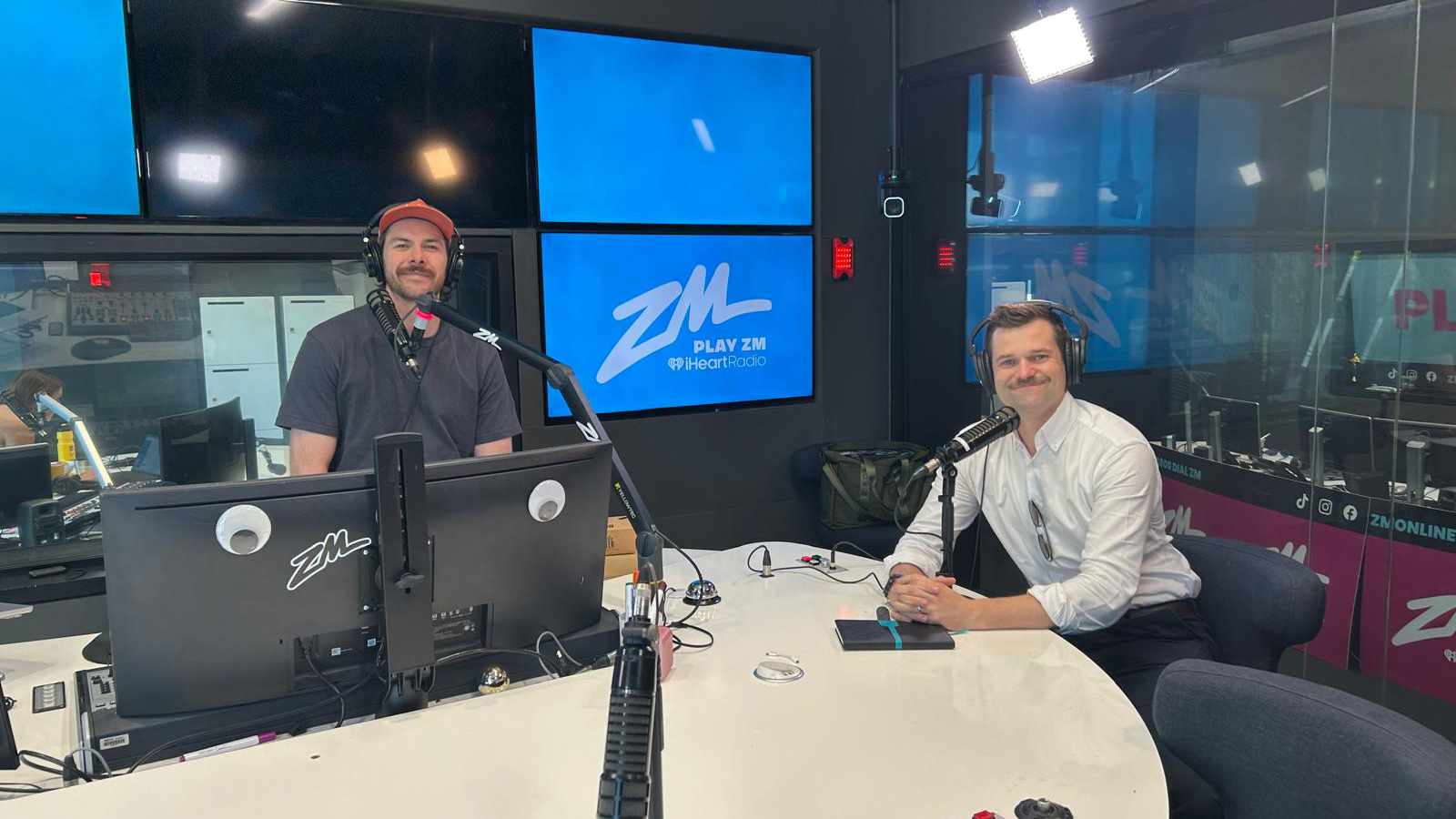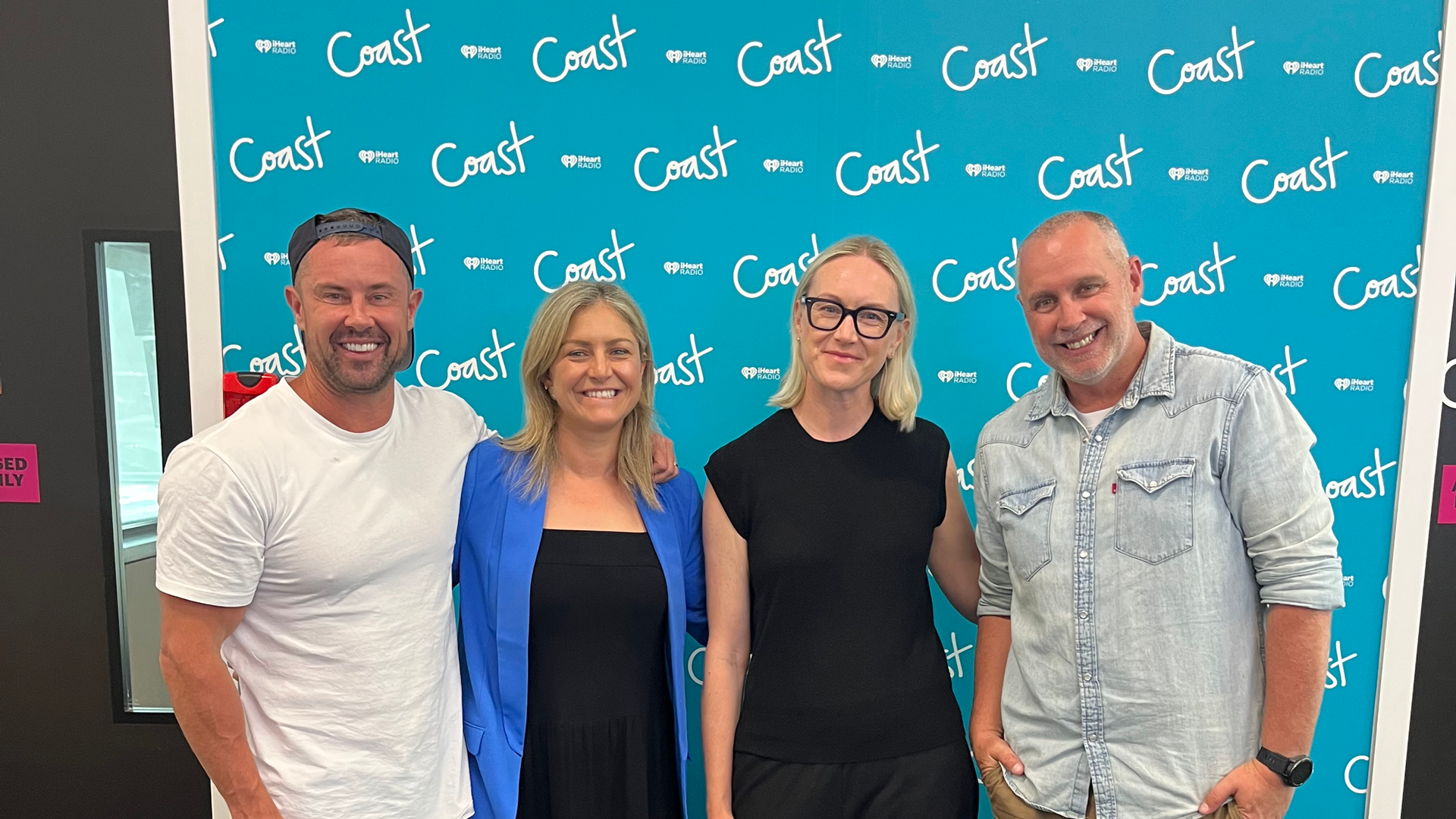Founded in New Zealand in 2006, but now listed in Australia, Xero has arguably been one of New Zealand’s most successful businesses, and may well be characterised by some as the Phar Lap of our generation. Founder Rod Drury has proven to be a visionary founder and leader, generating significant value for shareholders over the company’s listed journey. NZD$1 invested in the 2007 IPO would have yielded investors a whopping AUD$193 per share as of 20 June 2025.
Most readers would be familiar with the fact Xero provides online accounting software to SMEs, accountants and book-keepers. From inception, it has delivered its product exclusively via the cloud, with the company currently the leading provider of cloud accounting software in New Zealand, Australia and the UK. It has also invested into the US, albeit not reaching the lofty height of market leader, and it is unlikely to be able to usurp that position.
In the US market, Xero is competing with a well established, well run, and well invested innovative American competitor called Intuit, the owner of products “Quickbooks” and “TurboTax”. The small business accounting software market continues to transition from traditional desktop products to easier to use, cloud-based systems which provide a nice industry tailwind for Xero’s cloud native solution. Milford has been invested in Xero at varying weights over the years, including helping to fund growth through supporting capital raises undertaken by the company, including the most recent $1.8bn raise to acquire Melio.
What do we like about Xero?
Xero was one of the pioneers of cloud accounting software. It has consistently invested heavily behind its business and technology, and out-invested many peers. This has allowed its products to keep extending its position as market leader in respective markets. Its customers generate significant value out of the software, with seamless integrations to bank feeds, payments, and an ability to generate an array of real-time data that helps business owners to efficiently manage their company. Customers and accountants typically become loyal to Xero’s software, which results in low churn, a high degree of stickiness, and provides a predictable revenue base. The revenue can then be used to keep extending innovation and product whilst simultaneously being used to invest and extend distribution. This arguably creates a flywheel-type effect that helps to extend its leading market position, and makes it harder for competitors.
What’s changing in the story?
Since the new CEO Sukhinder Singh Cassidy took over in November 2022, there have been several changes to drive the business forward. An easy way to frame the discussion of the journey can be characterised into three main stages, in our view.
The first stage was about getting the organisation fit, and was spurred on from the 2022 tech rout. This saw a significant focus on managing Xero’s cost base, driving better returns, lifting productivity, and then freeing up resources to be redeployed internally. From our perspective this led to a significant improvement in productivity and gave the market confidence in the firm’s discipline around spending and generating disciplined growth. At the same stage, the company also started shifting pricing to reflect the value being delivered to customers, and monetising its installed base, again helping generate the cash flow for the business to reinvest in product and market expansion.
The next stage of the strategy centred around tightening up product investment around core focus areas. What this has boiled down to, is becoming more focused geographically through its core three markets – ANZ, UK and North America. In conjunction they focused on the three core jobs for small businesses – accounting, payments and payroll. This meant the business refocused development activity around the core accounting functionality, as well as bolstering out payments and payroll in some of the core markets through partnerships and, more recently, acquisitions. To enable this change Xero has shifted its product development team, shifting focus and location of investment including adding more offshore developers with a focus in market. It has delivered Xero Simple for the third stage of making tax digital in the UK, with positive market feedback. It has also looked to execute on partnerships with direct integrations to address areas where the product functionality wasn’t best in market. In the US this included with Gusto, as well as Avalara. Recently they also invested further in their product, choosing to build out their payments and invoicing platform through a $2.5bn acquisition of Melio. While not all of these are fully integrated, Avalara (sales tax partnership) is in beta testing with an integrated Gusto for payroll expected in the 2026 financial year, while Melio will be integrated once the recently announced acquisition closes.
 We would argue the company is now starting to enter the third element of its plan. The focus here is on improving the sales and marketing performance of the organisation. The foundations have been laid over the past few years, with investment behind the scenes to set the stage for more a performance-driven marketing spend which it thinks can deliver better sales and marketing efficiency for the organisation. The business has got the organisation fit, improved its cost structure, added pricing disciplines, and invested into product to get that right for market. It is now approaching a position where we are expecting the company to view itself as ready to invest in sales and marketing, particularly in North America, which likely requires a large and sustained investment.
We would argue the company is now starting to enter the third element of its plan. The focus here is on improving the sales and marketing performance of the organisation. The foundations have been laid over the past few years, with investment behind the scenes to set the stage for more a performance-driven marketing spend which it thinks can deliver better sales and marketing efficiency for the organisation. The business has got the organisation fit, improved its cost structure, added pricing disciplines, and invested into product to get that right for market. It is now approaching a position where we are expecting the company to view itself as ready to invest in sales and marketing, particularly in North America, which likely requires a large and sustained investment.
What about the US opportunity?
The US has proven to be a difficult market for many Australasian businesses to expand into, and this has been echoed by Xero. So, whilst the opportunity in the United States remains large; it also remains a very competitive market. Institutional investors remain cautious on the US opportunity for Xero, given its track record, and the strength of its key competitor, Intuit. We anticipate that over the next 12 months, as the Avalara and Gusto integrations are delivered in the US, and when the Melio payments acquisition is fully embedded, that Xero may then look to invest further behind its brand and sales efforts. So, while we believe Xero looks to have a better chance for success than it had historically, it is by no means a given, and the need to invest heavily in the US will be questioned by parts of the market. However, if Xero was able to get to even a mid-teens market share in the US, this would likely deliver meaningful value for us as shareholders.
Outlook
Xero continues to be a great business and investment, supported by a long runway of digital transformation for accountants. The strength of its product for both SMEs and accountants gives it a strong market position that we believe will continue to support it taking market share, in what is a large and growing addressable opportunity. Notwithstanding that, we need to continually reassess what the market is implying in company share prices. To that point, our current view is that the performance over the past few years has largely been driven by momentum in cost reduction, pricing, and some momentum being restored to its subscribers. We are impressed by the business and remain positive on Xero as a company, its strategy and management, but whether the recent US acquisition is deemed a success may take several years to play out. We feel the risk reward in the short term is balanced post the need to digest a large issuance of new stock, despite our favourable long term view of the business prospects.


